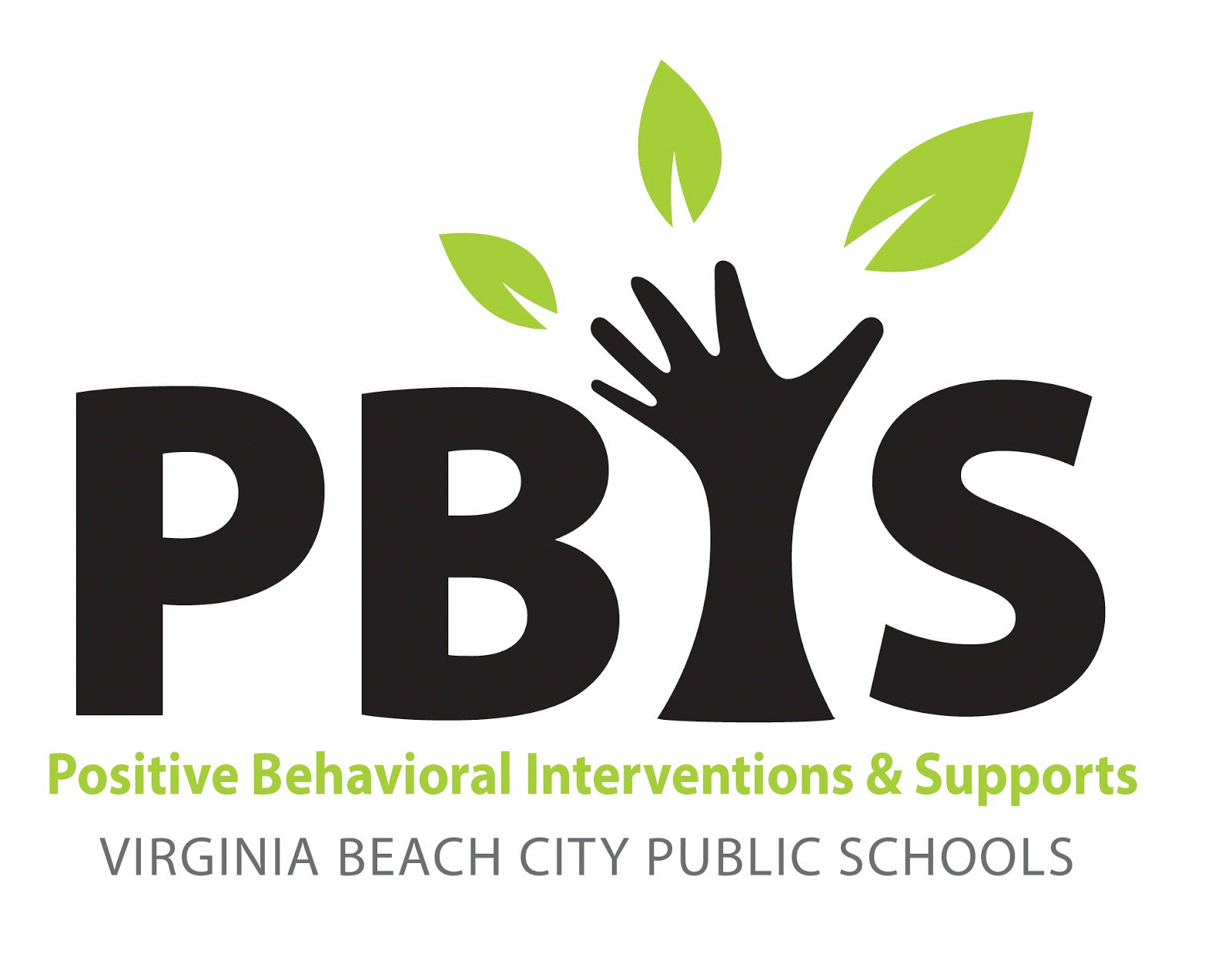
Student Support REsources
Teachers recognize that it is important to help students understand how to create their own calm and name their emotions. Below are a few resources that can be helpful for staff and families when providing opportunities for social-emotional support for students:
Elementary
Belly Breathing with Rosita
How to Name Emotions
Secondary
Tools for Self-Management with Older Students
Character Strong shares a video which prompts students to start a kindness journal. Check out the link for Day 1!
Morning Meeting Motivators
Many teachers have transferred morning meeting into the virtual space. For more Morning Meeting resources, check out this weekly series of awesome Morning Meeting Motivators created by Alli Sansone in the Office of Professional Growth and Innovation!
Follow her on Twitter or check out the link with the complete set of slides: https://bit.ly/MMMotivator.
A recent ASCD article “Why We Need Differentiation Now More Than Ever” by Lisa Westman discusses learning and belonging. The following excerpt shares about the need to provide students with access for connection as we interact in the virtual space.
Assess for Connection
My colleague and mentor Carol Ann Tomlinson calls formative assessment "the lifeblood of differentiation." Formative assessment is frequently thought of as a quiz or test. However, anything that gives teachers insight into where their students are emotionally and academically and enables teachers to plan instruction is formative assessment. Our go-to measure during remote learning is the question, "How do you feel?"
This simple question will elicit lots of one-word responses from students—good, bad, bored, fine—which give teachers an opportunity to probe further: Tell me why you feel good. What is different about learning from home that you like? What is something about school that you miss? The key here is not to try to fix anything but to ask follow-up questions that empathize with students and ensure they feel heard. This process promotes dialogue between students and teachers, forges connection, and gives teachers guidance on how to plan academic instruction.
Tip: Give students the option of responding with emojis, hand signals, or drawings instead of words. This is an especially good option for younger students and students who have difficulty expressing their emotions.
Family Support Resources
Families with young children, follow VB Pre-K on Twitter for registration announcements, helpful resources and learning tips!
Teachers often use brain breaks as a routine throughout the day to provide students with an opportunity to stretch, get their wiggles out, or transition to new activities. This can be a great tool for families to use at home. Check out these awesome BRAIN BREAKS shared by Jenn Vedder, Bayside HS PE teacher, in a recent webinar hosted by the Office of Professional Growth and Innovation!
Though we have learned to be grateful for the additional family time during the past month, we also know that parenting during quarantine has presented challenges for countless families. The Child Mind Institute shared an article by Juliann Garey, Single Parenting During the Coranavirus Crisis, which acknowledges the challenges of single parenting during this time and offers some helpful tips. Here is an excerpt:
Figure out what does, and doesn’t, work for you...
When it comes to daily life during the coronavirus crisis, we’re all making it up as we go along. It’s not going to be the same for everyone. How you cope will depend, in part, on how old your kids are, how independent they can be and what your work situation is.
Linda, the single mom of a toddler in New York City, feels like she is drowning. For a week she and her daughter didn’t get out of their pajamas. It took a while, but she says she discovered something that worked. “Art has been our saving grace.” She spends hours each day letting her daughter go crazy with painting and has even been able to have some socially distanced playdates with the women from her moms’ group where they meet outside and let the kids draw with sidewalk chalk.
Carol has been teleworking from home for over a month. “I’ve had time to figure out what works and what doesn’t,” she says. Carol has figured out that everyone does their best work in the morning, so that’s when she sets her kids up with their schoolwork and when she tries to schedule as much of her own work as possible. In the afternoons they do chores and she takes her kids to a dirt field nearby where, she says, “they will ride their bikes in circles for two hours just to burn off steam.”
Feel free to embrace whatever works for you and your kids. And if you try a strategy that’s worked for someone else and find that it’s not right for you, let it go. “This pandemic didn’t come with a ‘how-to’ manual,” says Dr. Lee, and remembering that can be the key to making this situation less stressful for you and your kids alike.

Families will not want to miss the next VBCPS Parent Connection event with Dr. Fran Prolman on Thursday, May 14th at 5:00pm! Click the link below for the zoom link to join:
Parent Connection: Staying Sane While Teaching Your Own Children
If you have a graduating senior (or not!) tune in on Saturday, May 16th for an awesome national celebration of all 2020 high school graduates! #GraduateTogether https://graduatetogether2020.com/
Last week was Teacher Appreciation Week and our schools discovered meaningful ways to celebrate this passionate, dedicated group of staff.
Below are a few highlights!












